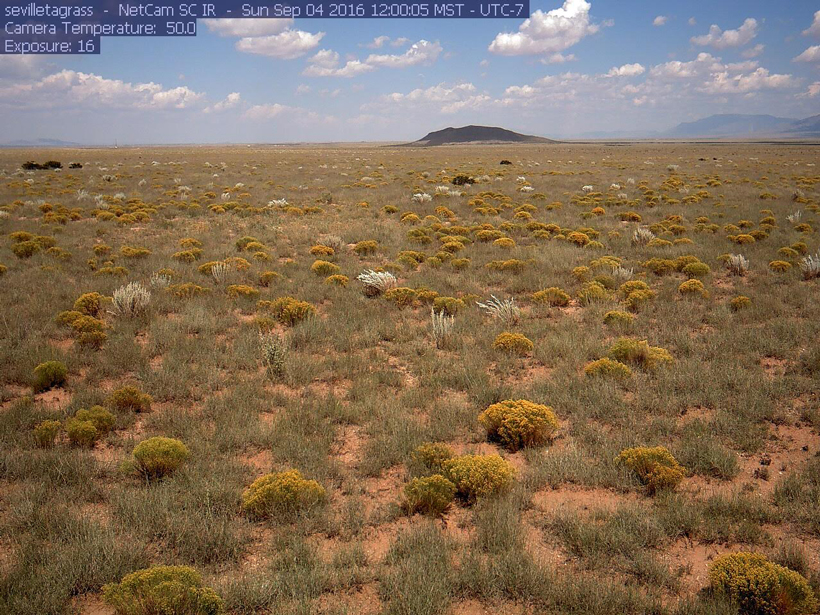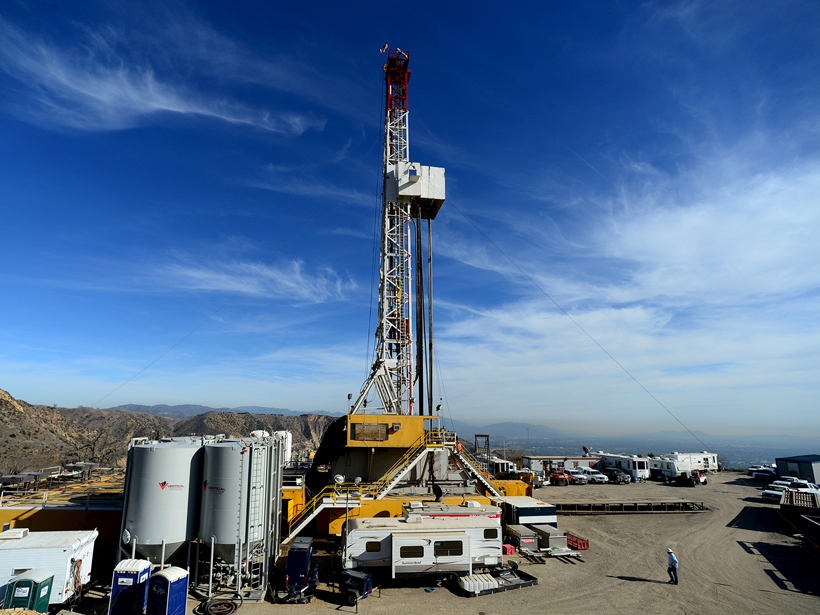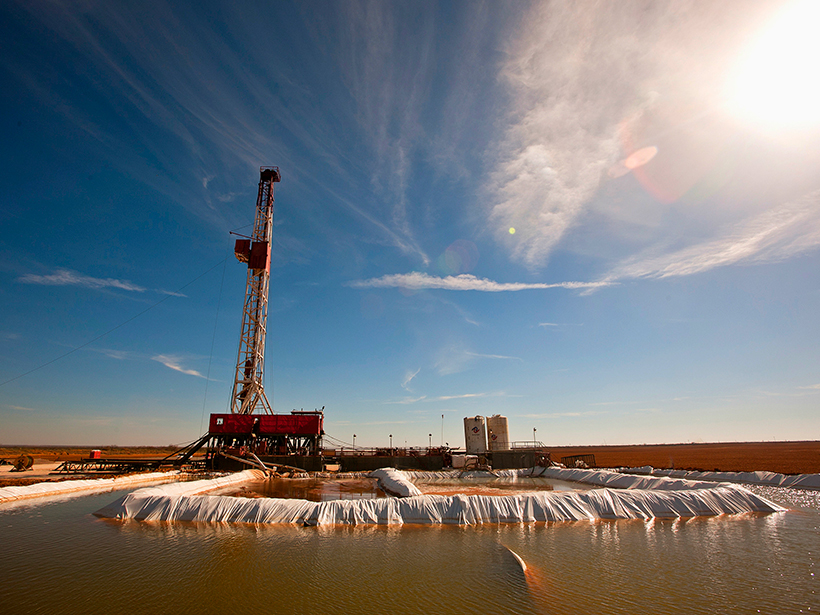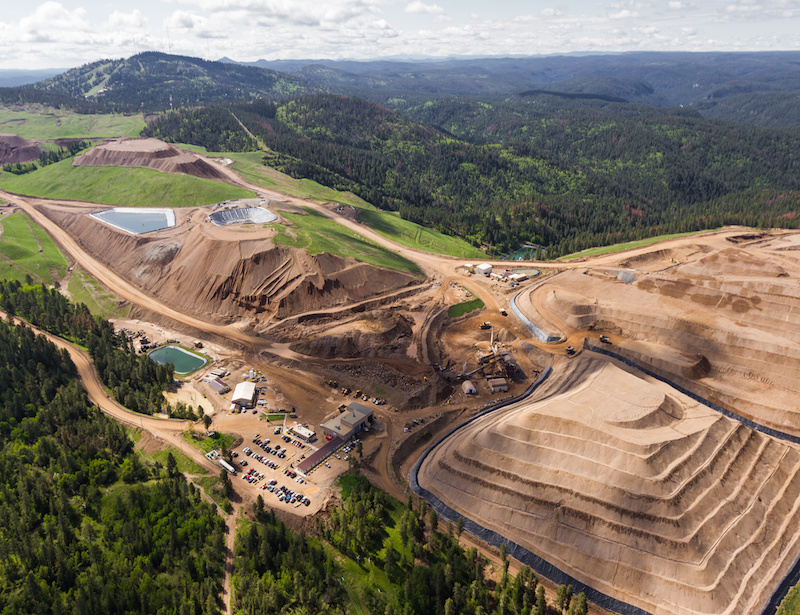The election made a difference, say oil and coal mining industry heads, who expressed hope that the new administration will reduce regulations to improve development opportunities.
Natural Resources
Integrating Multiscale Seasonal Data for Resource Management
Workshop on Phenology at Scales from Individual Plants to Satellite Pixels; Cambridge, Massachusetts, 21–23 June 2016
Soil Bacteria Could Help Absorb Natural Gas Leaks
For the first time, new research examines the response of terrestrial soil microbes to a massive natural gas blowout and offers hope for new remediation strategies.
Largest Ever U.S. Shale Oil Deposit Identified in Texas
The Wolfcamp shale, which underlies a large swath of Texas roughly centered on the city of Midland, contains 20 billion barrels of oil that could be recovered with current technology.
Anthropogenic Drought: How Humans Affect the Global Ecosystem
Amir AghaKouchak discusses how human activity affects water supply and the environment.
Resourcing the Future
How do we ensure a supply of needed mineral and other resources while minimizing energy and water use and environmental impacts, as well as recognizing social justice, international equity, and more?
Government OK's Moon Express Mission to the Moon
The company envisions the mission as a first step in bringing resources from the Moon back to the Earth.
Tanzanian Volcanoes May Hoard Helium Ready for the Taking
Sweet spots of volcanic heat that are not too close to active eruptions may hold the world's richest reservoirs of the scientifically and medically important gas helium.
Tougher Guidelines Issued for Alaska Offshore Drilling
The regulations will reinforce safety mechanisms and provide stronger planning efforts and enhanced regulatory certainty, according to the Department of the Interior.
One for All, All for One: A Global River Research Network
Intermittent rivers are an increasing share of the world's river network, but current models don't include them. One research network is gathering knowledge about these rivers from around the world.










